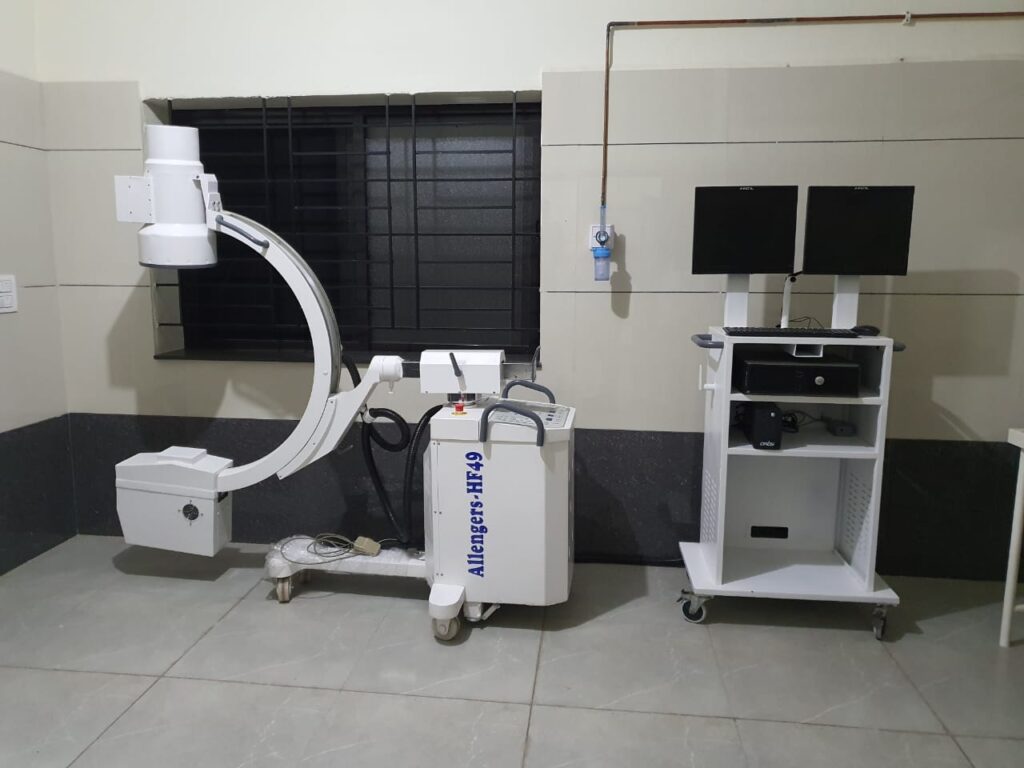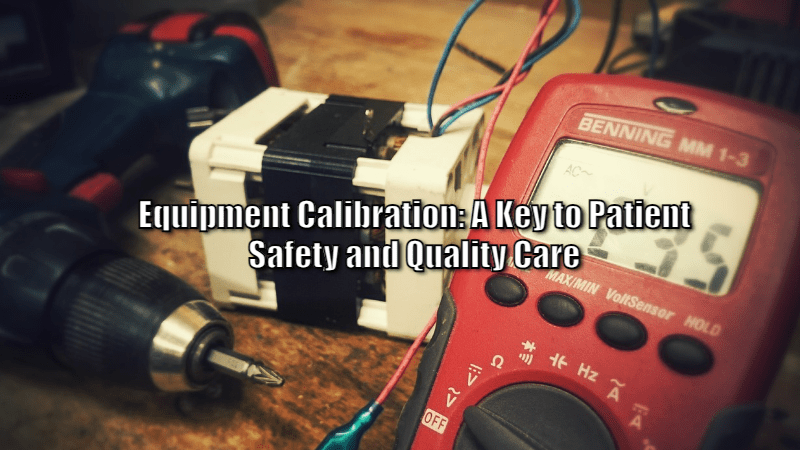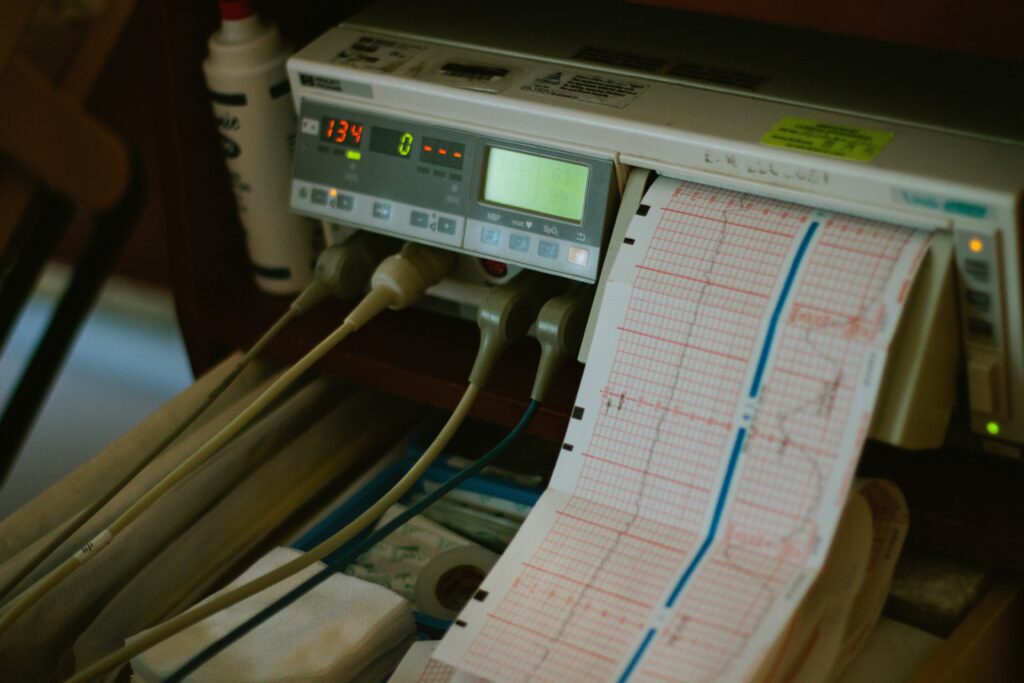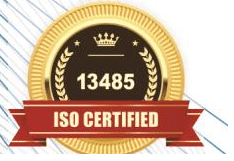“Explore the Versatility of C-Arm Machines: Primary Applications in Modern Medicine”
Abstract:
The field of medical imaging has witnessed a transformative leap with the advent of C-Arm machines. These versatile and dynamic devices have become indispensable in various medical specialties, playing a pivotal role in diagnostic and interventional procedures. This comprehensive article explores the primary applications of C-Arm machines in the medical field, shedding light on their impact on patient care, advancements in technology, and future prospects.
1. Introduction:
The journey of C-Arm machines in the medical field began with their introduction as fluoroscopic imaging devices. Over the years, they have evolved into essential tools in various medical disciplines, offering real-time imaging capabilities and aiding in both diagnostic and interventional procedures. This article aims to delve into the primary applications of C-Arm machines, highlighting their significance in modern healthcare.
2. Basic Overview of C-Arm Technology:
Before delving into specific applications, it is crucial to understand the fundamental principles of C-Arm technology. This section provides an overview of how C-Arm machines work, emphasizing their ability to generate high-quality, real-time images through fluoroscopy and digital radiography.
3. Diagnostic Imaging Applications:
a. Orthopedics:
i. Fracture Diagnosis
ii. Joint Imaging
iii. Spinal Interventions
b. Cardiology:
i. Coronary Angiography
ii. Electrophysiology Studies
iii. Structural Heart Interventions
c. Gastroenterology:
i. Barium Swallow Studies
ii. Endoscopic Retrograde Cholangiopancreatography (ERCP)
iii. Gastrostomy Tube Placement
d. Pulmonology:
i. Bronchoscopy
ii. Thoracic Biopsies
iii. Pleural Interventions
4. Interventional Procedures:
a. Vascular Interventions:
i. Angioplasty
ii. Stent Placement
iii. Embolization Procedures
b. Pain Management:
i. Epidural Steroid Injections
ii. Nerve Blocks
iii. Facet Joint Injections
c. Neurosurgery:
i. Spinal Cord Stimulator Placement
ii. Cerebral Angiography
iii. Biopsy Procedures
d. Urology:
i. Percutaneous Nephrolithotomy (PCNL)
ii. Ureteral Stent Placement
iii. Prostate Interventions
5. Advancements in C-Arm Technology:
a. Flat-Panel Detectors:
i. Improved Image Quality
ii. Reduced Radiation Dose
b. 3D Imaging Capabilities:
i. Cone Beam CT
ii. Navigation Assistance in Complex Procedures
c. Integration with Robotics:
i. Precision in Surgical Procedures
ii. Enhanced Workflow Efficiency
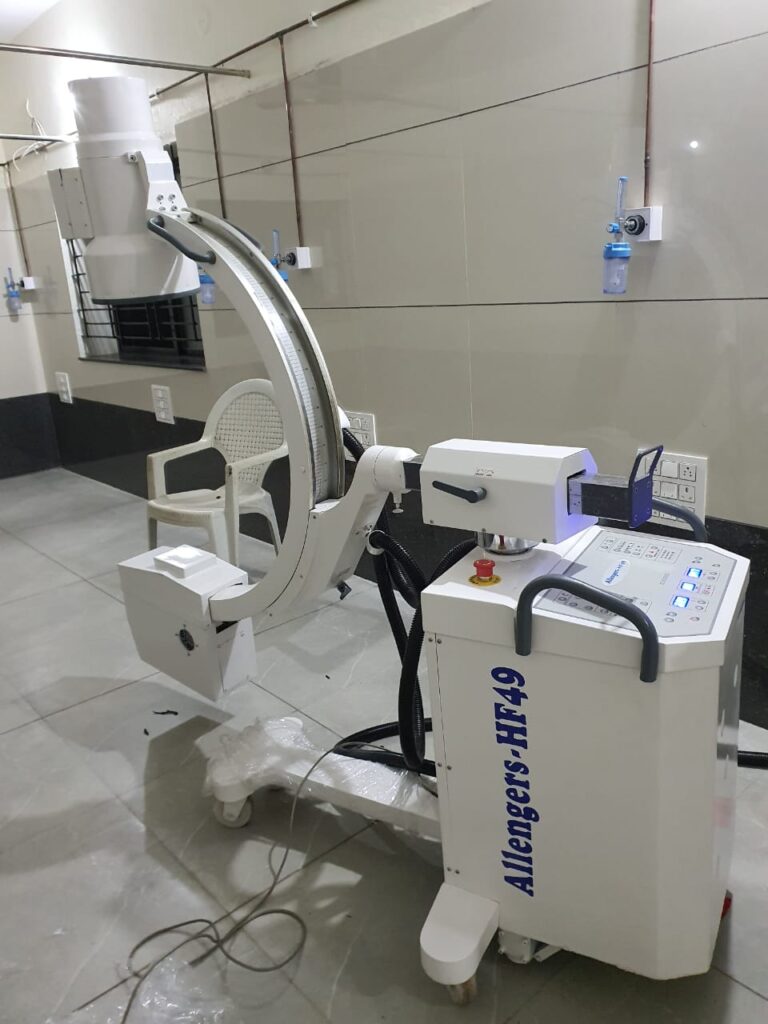

Source: Allenger HF-49 C-Arm Machine
6. Challenges and Considerations:
a. Radiation Exposure Concerns:
i. Dose Monitoring
ii. Protective Measures for Healthcare Providers
b. Cost Considerations:
i. Initial Investment
ii. Cost-Effectiveness in the Long Run
7. Future Trends and Prospects:
a. Artificial Intelligence Integration:
i. Image Processing and Analysis
ii. Automated Procedure Assistance
b. Miniaturization and Portability:
i. Point-of-Care Applications
ii. Increased Accessibility in Remote Areas
c. Enhanced Connectivity:
i. Integration with Electronic Health Records (EHR)
ii. Telemedicine Applications
8. Case Studies and Success Stories:
a. Notable Medical Cases:
i. Challenging Interventions
ii. Life-Saving Procedures
b. Institutional Implementations:
i. Impact on Patient Outcomes
ii. Improved Surgical Precision
9. Conclusion:
As C-Arm machines celebrate a significant presence in the medical field on their 1-year birthday, this article reflects on their journey and explores the myriad ways in which they have revolutionized diagnostic imaging and interventional procedures. The advancements in technology, coupled with ongoing research and development, promise a future where C-Arm machines continue to push the boundaries of medical possibilities, ultimately enhancing patient care and outcomes.
“Explore the Versatility of C-Arm Machines: Primary Applications in Modern Medicine” Read More »







